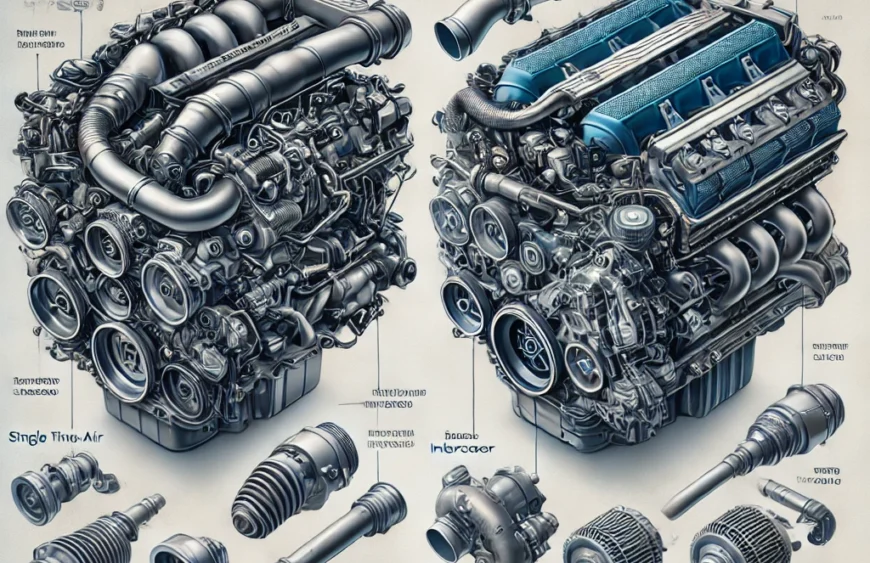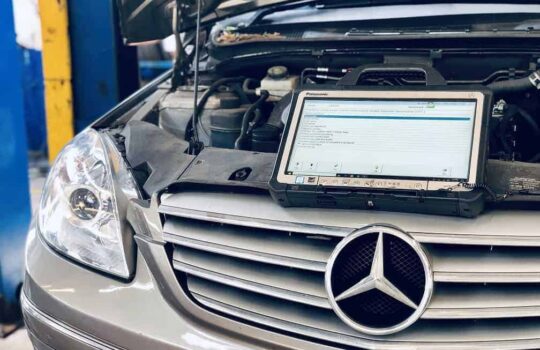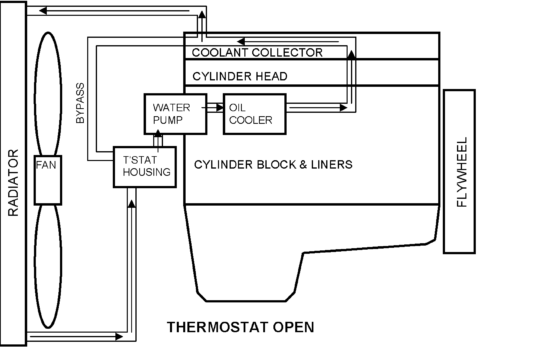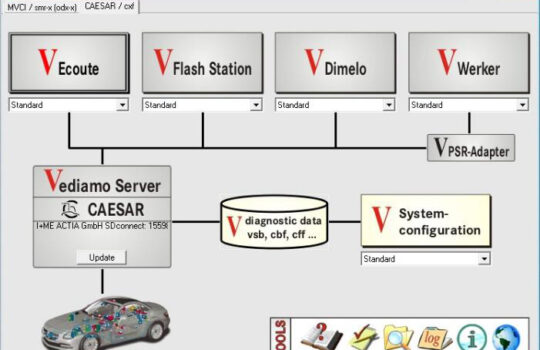Introduction to the BMW N55 and B58 Engines
The BMW N55 and B58 engines are both renowned for their performance, reliability, and technological advancements. As part of BMW’s legacy of engineering excellence, these engines power some of the most popular models. This article explores their similarities, differences, and which engine might be the better choice for performance enthusiasts and everyday drivers.
Overview of the BMW N55 Engine
The BMW N55 engine was introduced in 2009 as a successor to the N54 engine. It features a single twin-scroll turbocharger and was the first BMW engine to combine turbocharging, direct fuel injection, and variable valve timing (VANOS and Valvetronic).
Key Specifications of the N55 Engine
- Displacement: 3.0 liters (2,979 cc)
- Configuration: Inline-6
- Turbocharger: Single twin-scroll turbo
- Horsepower: 302 hp (225 kW) at 5,800-6,000 rpm
- Torque: 400 Nm (295 lb-ft) at 1,200-5,000 rpm
- Compression Ratio: 10.2:1
- Fuel System: Direct injection
- Valvetrain: DOHC with VANOS and Valvetronic
The N55 engine is known for its linear power delivery, smooth performance, and relatively straightforward maintenance.
Overview of the BMW B58 Engine
The BMW B58 engine succeeded the N55 and was introduced in 2015. It belongs to BMW’s modular engine family and features significant improvements in performance, cooling, and efficiency.
Key Specifications of the B58 Engine
- Displacement: 3.0 liters (2,998 cc)
- Configuration: Inline-6
- Turbocharger: Single twin-scroll turbo
- Horsepower: 335 hp (250 kW) at 5,500-6,500 rpm
- Torque: 500 Nm (369 lb-ft) at 1,600-4,500 rpm
- Compression Ratio: 11.0:1
- Fuel System: Direct injection
- Valvetrain: DOHC with VANOS and Valvetronic
The B58 engine offers improved cooling, greater power output, and a more refined overall performance.
Key Differences Between the N55 and B58 Engines
Performance and Power Output
One of the most noticeable differences between the N55 and B58 engines is their power output. The B58 produces more horsepower and torque than the N55, thanks to its improved turbocharging system, higher compression ratio, and better cooling.
| Engine Model | Horsepower | Torque | Compression Ratio |
|---|---|---|---|
| BMW N55 | 302 hp | 400 Nm | 10.2:1 |
| BMW B58 | 335 hp | 500 Nm | 11.0:1 |
Cooling System
The B58 engine features a more advanced cooling system, which includes an integrated water-to-air intercooler. This design helps maintain lower intake air temperatures, improving performance and reducing the risk of heat soak during prolonged periods of high-speed driving.
The N55, on the other hand, uses an air-to-air intercooler, which is less effective at managing heat under heavy loads.
Fuel Injection and Efficiency
The B58 engine utilizes high-precision direct injection, with injectors capable of higher fuel flow rates. Combined with the improved turbocharging system and higher compression ratio, the B58 delivers better fuel efficiency and lower emissions compared to the N55.
Reliability and Maintenance
Both engines are known for their reliability, but the B58 offers some improvements in terms of long-term durability. The use of stronger materials, such as forged internals, and a more robust cooling system makes the B58 less prone to common issues found in the N55.
| Common Issues | N55 Engine | B58 Engine |
|---|---|---|
| Carbon buildup | Moderate risk due to direct injection | Reduced risk due to better combustion |
| Turbo failure | Some issues reported with wastegate actuators | Fewer issues, more durable turbocharger |
| Cooling issues | Prone to heat soak during extended use | Advanced cooling system prevents heat soak |
Tuning Potential of N55 vs. B58
N55 Engine Tuning
The N55 engine responds well to basic bolt-on modifications such as an upgraded intake, downpipe, and ECU remap. With these modifications, it’s possible to achieve power gains of 50-100 horsepower.
For more advanced setups, additional upgrades like larger turbochargers and high-performance fuel systems can push the engine beyond 500 horsepower.
B58 Engine Tuning
The B58 engine offers even greater tuning potential due to its stronger internals and improved fuel system. With bolt-on modifications, it’s possible to achieve power gains of 100+ horsepower. Advanced setups, including hybrid turbos and upgraded fuel systems, can push the B58 to 600 horsepower or more.
| Modification Level | N55 Power Potential | B58 Power Potential |
|---|---|---|
| Basic Bolt-Ons | 350-400 hp | 400-450 hp |
| Advanced Upgrades | 500+ hp | 600+ hp |
Applications in BMW Models
N55 Engine Models
The N55 engine has been used in various BMW models, including:
- BMW 335i (F30)
- BMW 435i (F32)
- BMW M235i (F22)
- BMW X3 xDrive35i (F25)
- BMW X5 xDrive35i (F15)
B58 Engine Models
The B58 engine powers a newer generation of BMW models, including:
- BMW 340i (G20)
- BMW 440i (G22)
- BMW M240i (G42)
- BMW Z4 (G29)
- Toyota Supra (A90)
Diagram: BMW N55 vs. B58 Engine Architecture
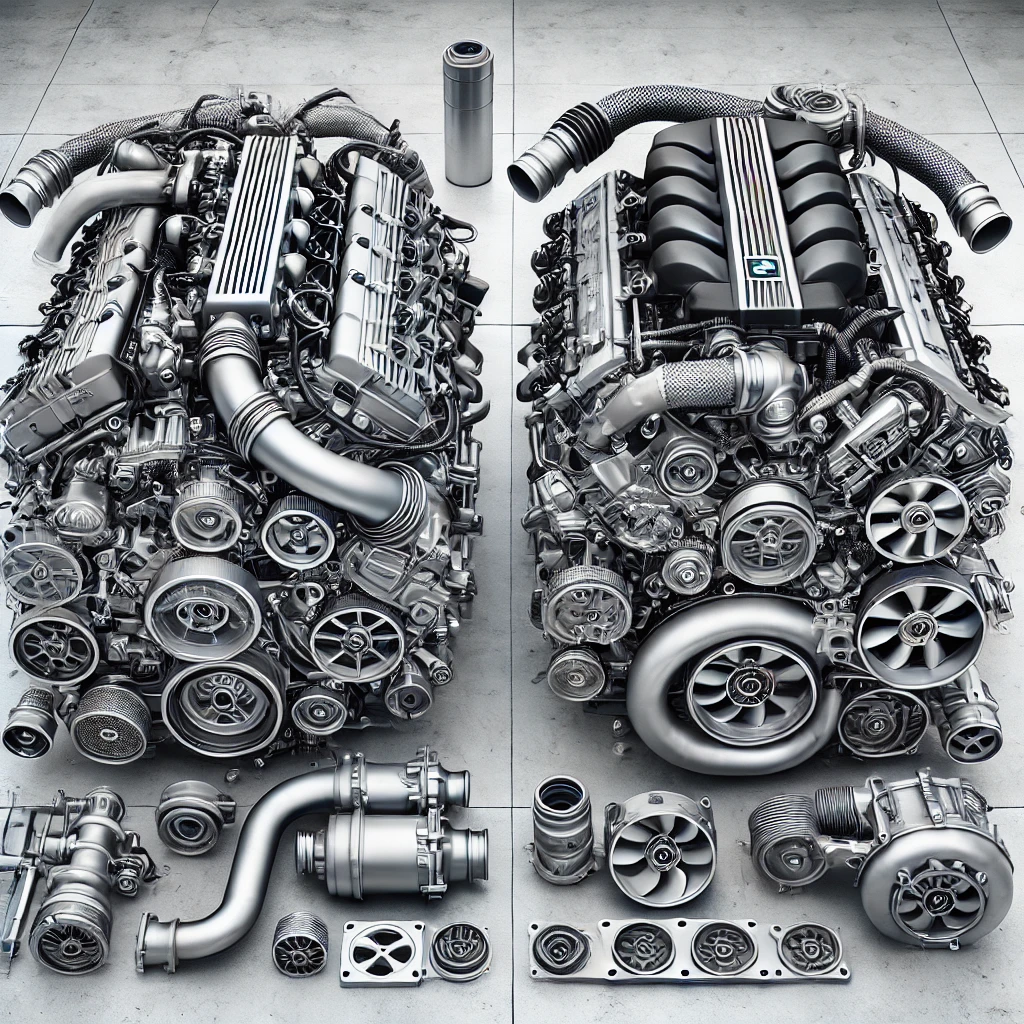
Conclusion: Which Engine is Better?
While both the N55 and B58 engines offer impressive performance and reliability, the B58 engine is the clear winner in terms of power output, cooling efficiency, and tuning potential. Its more advanced design makes it the preferred choice for enthusiasts looking for greater performance and long-term reliability.
However, the N55 remains an excellent option for those seeking a more budget-friendly engine that still delivers strong performance and can be easily upgraded with aftermarket modifications.
Ultimately, the choice between the N55 and B58 depends on your performance goals, budget, and the specific BMW model you’re considering.
